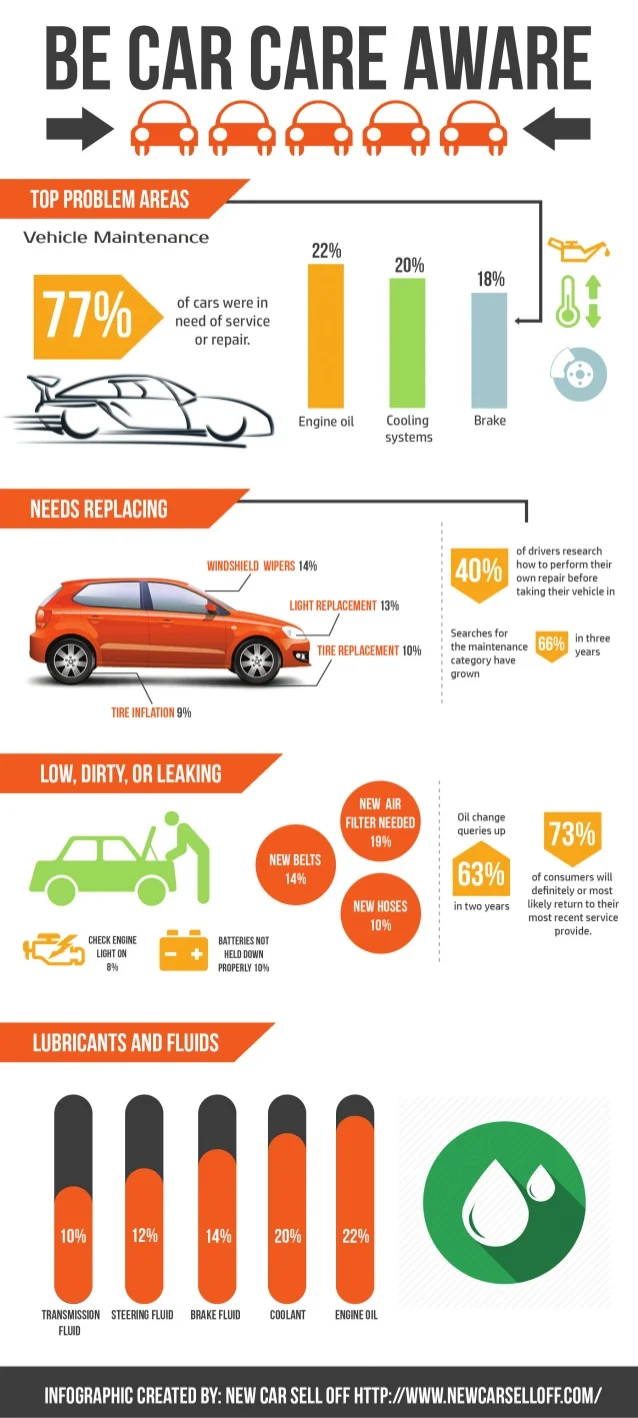Interested Concerning Those Control Panel Caution Lights In Your Car? Discover What They Suggest For Your Automobile'S Health And Safety
Interested Concerning Those Control Panel Caution Lights In Your Car? Discover What They Suggest For Your Automobile'S Health And Safety
Blog Article
Article Writer-Sykes Gilbert
When you're behind the wheel, those beautiful caution lights on your control panel can be a bit puzzling. Do you recognize what they're trying to inform you regarding your automobile's health? Understanding the relevance of these lights is essential for your safety and the longevity of your car. So, the following time among those lights appears, wouldn't you wish to decode its message accurately and take the needed actions to address it?
Common Caution Lighting and Interpretations
Determine typical caution lights in your cars and truck and comprehend their meanings to guarantee risk-free driving.
The most regular caution lights consist of the check engine light, which signals concerns with the engine or emissions system. If this light comes on, it's vital to have your car examined immediately.
The oil stress cautioning light shows low oil pressure, requiring instant focus to stop engine damage.
A flashing battery light could recommend a damaged billing system, potentially leaving you stranded otherwise addressed.
The tire pressure surveillance system (TPMS) light signals you to low tire pressure, influencing car stability and fuel efficiency. Overlooking this can cause unsafe driving conditions.
The ABS light shows an issue with the anti-lock stopping system, compromising your ability to quit promptly in emergencies.
Finally, the coolant temperature cautioning light warns of engine overheating, which can result in severe damage otherwise resolved promptly.
Understanding mouse click for source will aid you deal with problems promptly and keep secure driving conditions.
Value of Prompt Interest
Understanding the common warning lights in your auto is only the first step; the importance of quickly dealing with these warnings can not be emphasized sufficient to guarantee your security on the road.
When a caution light brightens on your dashboard, it's your cars and truck's way of communicating a potential issue that needs interest. Overlooking these cautions can result in a lot more serious troubles down the road, endangering your security and possibly costing you a lot more in repairs.
Trigger focus to alerting lights can stop malfunctions and mishaps. As an example, a flashing check engine light could indicate a misfire that, if left ignored, can cause damages to the catalytic converter. Resolving this quickly can conserve you from an expensive repair service.
Similarly, a brake system alerting light may signal low brake fluid or worn brake pads, important components for your safety and security when driving.
DIY Troubleshooting Tips
If you see a warning light on your dashboard, there are a few do it yourself fixing ideas you can try prior to looking for specialist assistance.
The first step is to consult your cars and truck's manual to recognize what the particular warning light indicates. Often Suggested Browsing can be as simple as a loosened gas cap setting off the check engine light. Tightening up the gas cap may resolve the trouble.
An additional typical issue is a reduced battery, which can activate numerous cautioning lights. Examining the battery connections for corrosion and ensuring they're safe and secure could take care of the problem.
If a warning light persists, you can attempt resetting it by separating the cars and truck's battery for a couple of mins and then reconnecting it. Furthermore, inspecting your vehicle's fluid levels, such as oil, coolant, and brake fluid, can aid troubleshoot cautioning lights related to these systems.
Final thought
In conclusion, comprehending your automobile's caution lights is necessary for keeping your car running efficiently and safely. By promptly attending to these signals and knowing what they imply, you can stay clear of costly repair services and possible failures.
Remember to consult your car's handbook for particular details on each warning light and take action accordingly to make sure a hassle-free driving experience.
Remain notified, stay safe on the road!
